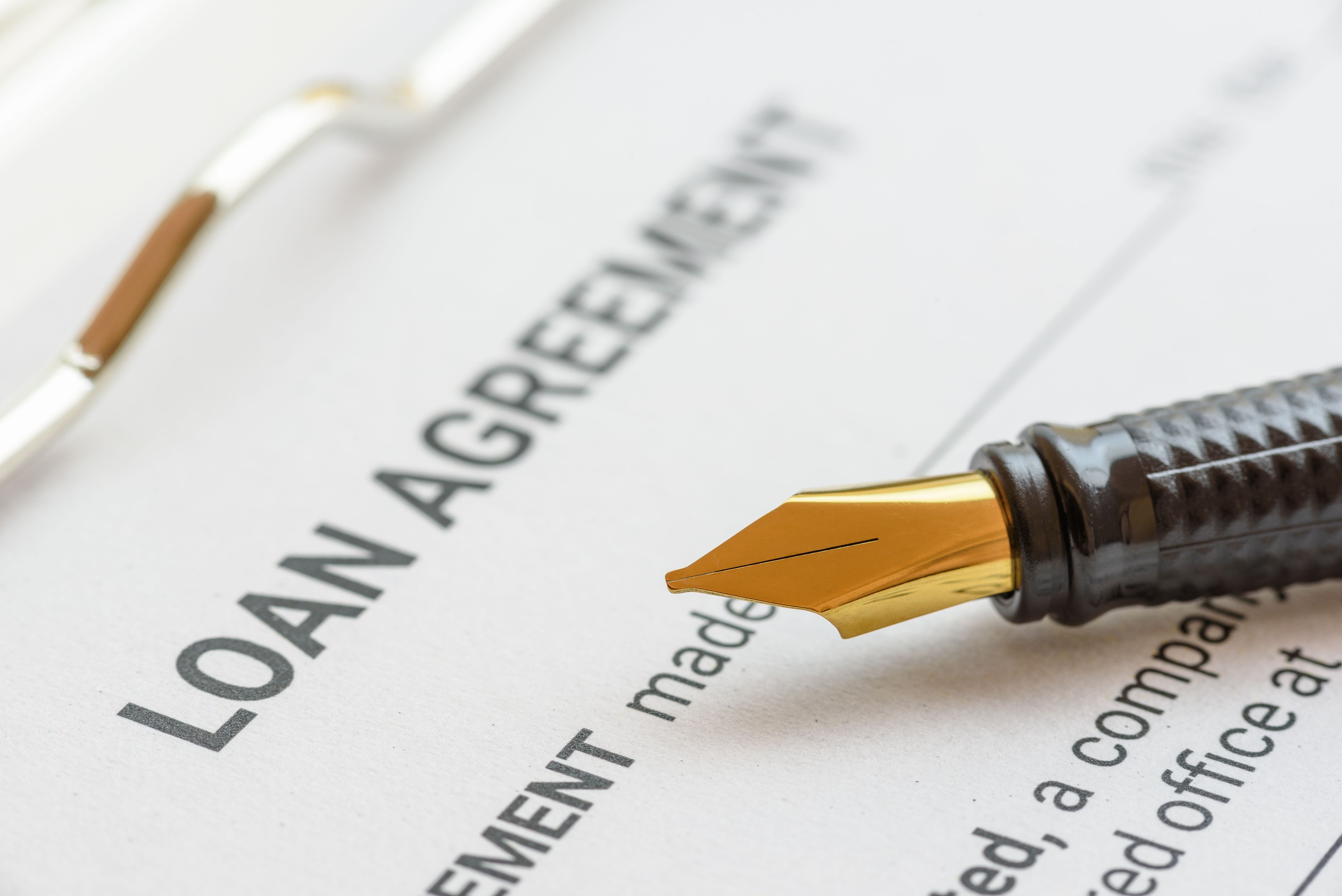Perkins loans were a type of federal student loan with a low interest rate, benefitting both undergraduate and graduate students who had exceptional financial need.
The Perkins loan is no longer being given by schools, as the federal government ended this program on Sept. 30, 2017. Final disbursements of the loan were given through June 30, 2018.
Although new students no longer receive the Perkins loan, there are current students and graduates who are still paying off this federal loan. They may be interested in Perkins loan cancellation or forgiveness options.
Perkins Loan Cancellation: Forgiveness and Discharge Options Are Still Needed
If you are a current student with a Perkins loan from previous years, or you graduated after receiving financial help through the Perkins loan, you can contact your school about specific methods of paying off this debt.
You may still be eligible for a grace period before you begin paying the loan, or you can ask about additional methods of getting rid of Perkins loan debt. For example, many students ask about Perkins loan cancellation, which may include forgiveness or discharge.
While you are in school, the federal government doesn’t charge interest on your Perkins loan; it is a subsidized student loan. Once you graduate, you will need to begin repaying the loan or find a method of forgiving or discharging the debt.
This loan allowed undergraduate students to borrow $5,500 per year, with a cumulative limit of $27,500. Graduate students could borrow $8,000 per year, with a total limit of $60,000 (including undergraduate Perkins loan debt).
Your school’s financial office and the information you filled out on the Free Application for Federal Student Aid (FAFSA) determined how much money you were qualified to receive, including the size of your Perkins loan.
Other federal loans are extended through the Department of Education, but the Perkins loan was granted by the college, university, or professional school, making your school your lender. The debt may transfer to a different loan servicer once you graduate, and your school should inform you if this is the case.
Once you begin to repay your student loans, ask your school for the best approach to paying off the Perkins loan. For those who have already begun to make payments, keep in mind that some terms may have changed, as the loan is no longer an option for students.
The federal government failed to renew the Perkins loan program after extending it from 2015 to 2017. Budgetary issues and a failure to find a simplified solution for low-income or financially needy students led to the demise of the program.
How to Cancel Your Perkins Loan Through Forgiveness or Discharge
Perkins loan recipients may be qualified for loan forgiveness, cancellation, or discharge, as long as they are not in default for failing to make monthly payments. If you have not paid your regular payments on the Perkins loan for 270 days, the Department of Education will declare the loan in default.
Although the loan program no longer exists, you still owe money to your school and the government if you received a Perkins loan.
Federal loans offer several avenues for partial or full cancellation, depending on your needs and if you have used your education to provide some public service. Some options for clearing some or all of your Perkins loan debt include:
- Perkins loan forgiveness. Since the Perkins loan was disbursed through your school, you will need to contact the financial office for assistance with forgiveness program options. Both forgiveness and cancellation are similar, and they are often associated with your employment.
If you provide some public service by volunteering or working for the public good, you may qualify for Perkins loan cancellation or forgiveness. Your school will guide you through the loan forgiveness process. - Perkins loan discharge. Like other federal loans, financial and personal hardship can be reasons to cancel your Perkins loan debt and any record of defaulting on payments.
For example, if you become totally and permanently disabled, as noted by a medical professional, you will not be able to maintain employment, so your Perkins loan debt can be canceled. Some instances of bankruptcy can lead to federal student loan cancellation. If your school closes before you complete your degree program, you can apply to have this loan canceled.
Death of the student who took out the Perkins loan also qualifies the loan to be discharged. - Perkins loan cancellation through employment. Some types of volunteer work or employment qualify you for partial or full Perkins loan cancellation.
- Teaching: You can qualify for 100% cancellation of your Perkins loan if you work as a full-time teacher in a public or nonprofit elementary or secondary school, specifically serving low-income and needy families; you work as a special education teacher; or you teach math, science, foreign languages, or bilingual education, or work in another field the federal government has determined to have a shortage of teachers.

The amount of your debt forgiven or canceled by teaching depends on how long you work in this field. If you teach for one or two academic years, 15% of the original principal amount is canceled; 20% is canceled in the third and fourth years; and 30% is canceled for the fifth year of teaching. - Public service professions: If you work for at least five years as an early-education provider, employee with a child or family services agency, a provider at a professional level of early intervention and disability services, a faculty member at a tribal college or university, a firefighter or law enforcement officer, a librarian or speech pathologist with a master’s degree at a Title I school, a nurse or medical technician, a public defender, or if you are in the military, your Perkins loans can be canceled up to 100%.
This can vary depending on several factors. Work with your school’s financial services office to determine how much can be canceled, how quickly, and how long you need to work in a public service profession. - Volunteering: If you volunteer with a federal program like AmeriCorps or the Peace Corps, you qualify for 100% Perkins loan cancellation.
- Teaching: You can qualify for 100% cancellation of your Perkins loan if you work as a full-time teacher in a public or nonprofit elementary or secondary school, specifically serving low-income and needy families; you work as a special education teacher; or you teach math, science, foreign languages, or bilingual education, or work in another field the federal government has determined to have a shortage of teachers.
As of Oct. 7, 1998, anyone who borrowed a Perkins loan to pay for school was eligible for any cancellation benefits regardless of when the loan was made and the borrower’s promissory note. However, that benefit is not retroactive to Perkins loans disbursed before that time.
Other Methods of Clearing Your Perkins Loan Debt
If you have the Perkins loan along with other federal student loans, you may be eligible for consolidating the loans through a loan consolidation or refinancing program. The federal government has options for consolidation.
If you have both federal and private student loans, a lending organization like a bank or nonprofit may be able to refinance all your loans together. You can then have only one monthly payment, potentially repay your loans faster, or qualify for a lower interest rate.



